The Sid Richardson Museum features permanent and special exhibitions of art of the American West with an emphasis on the premier Western artists, Frederic Remington and Charles Russell. It is the work of these artists, among many others, that set the stage for Hollywood and the birth of Western films. This summer the museum is hosting a film series, Movies at the Museum, which will focus on classic Westerns.
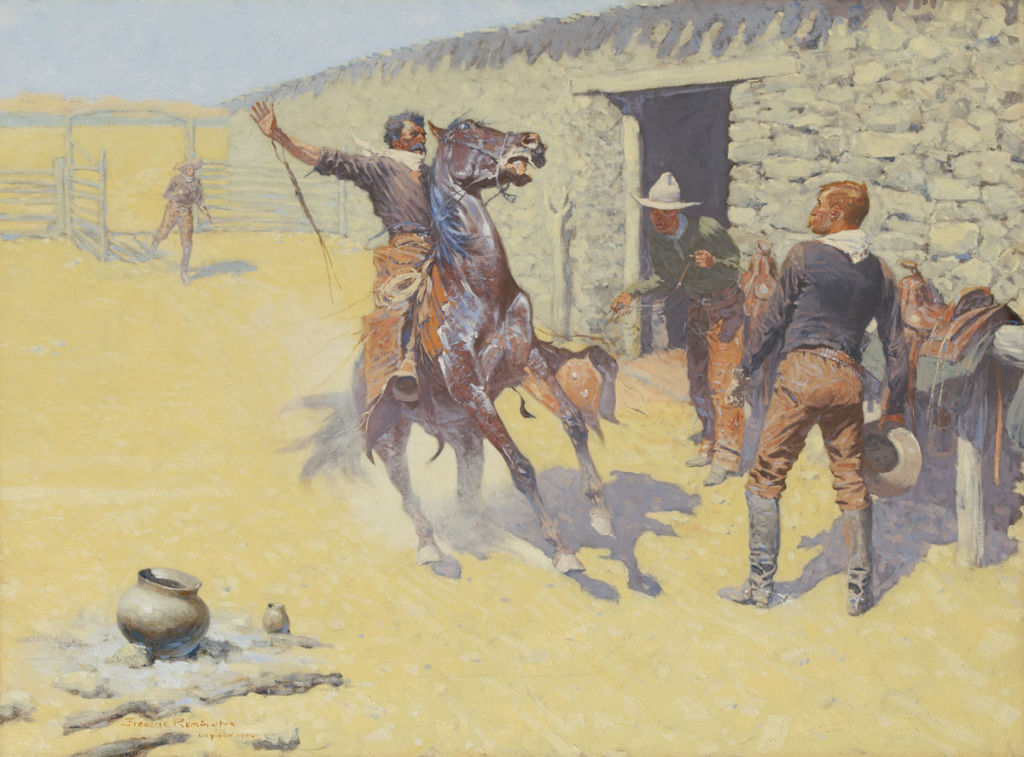
Frederic Remington, The Apaches!, 1904, Oil on canvas, 25 x 30 inches
Many of the early film directors were inspired by the artwork of Remington and Russell, using the artists’ iconic imagery as a model by which to capture the grittiness of frontier life and the beauty of the vast landscape. One of those directors (one of the best known among the genre) was John Ford. When addressing the Screen Directors Guild in 1950, John Ford introduced himself: “My Name’s John Ford. I make Westerns.” Ford made some 50 Westerns during a career that spanned almost 6 decades. This summer, we’ll be showing a few of those. You can find the full lineup of dates and film selections, along with registration, on our website.
John Ford was very familiar with the works of Russell and Remington, so much so that he instructed his cinematographer, Winton Hoch, to study the paintings of Frederic Remington. This practice guided the film maker in emulating the artist’s color and movement, which is evident in movies like She Wore a Yellow Ribbon. Likewise, the film evokes Remington’s military and cavalry scenes. Ford was also inspired by another artist in our collection, Charles Schreyvogel. Ford’s son recalled that the director kept a copy of a collection of Schreyvogel’s works besides his bed and pored over it to devise action sequences for his films.
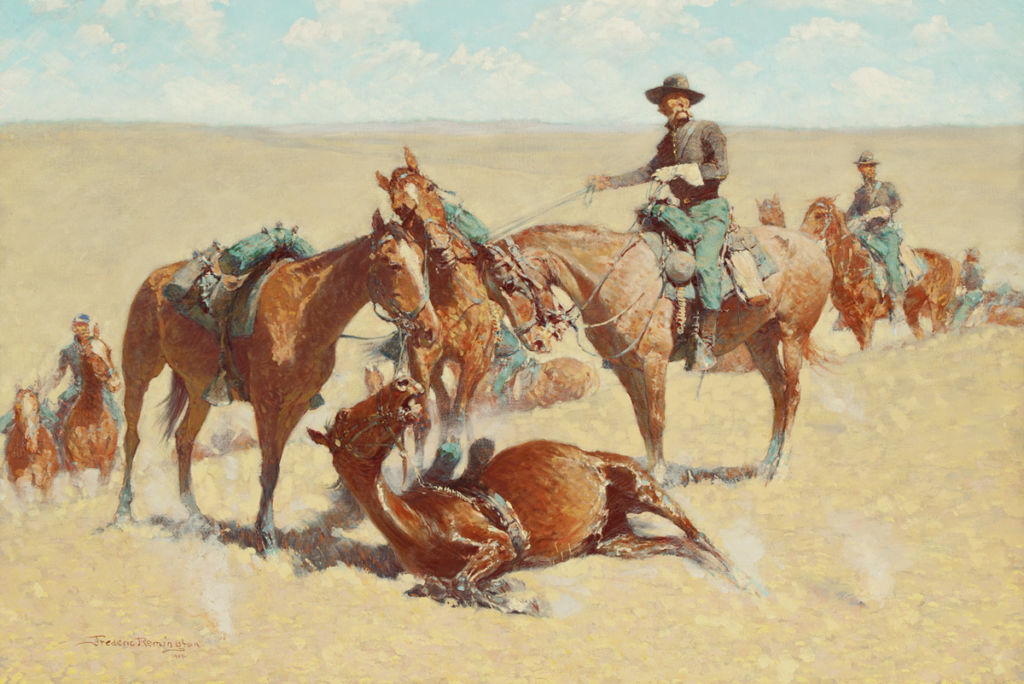
Frederic Remington, Among The Led Horses, 1909, Oil on canvas, 27 x 40 inches
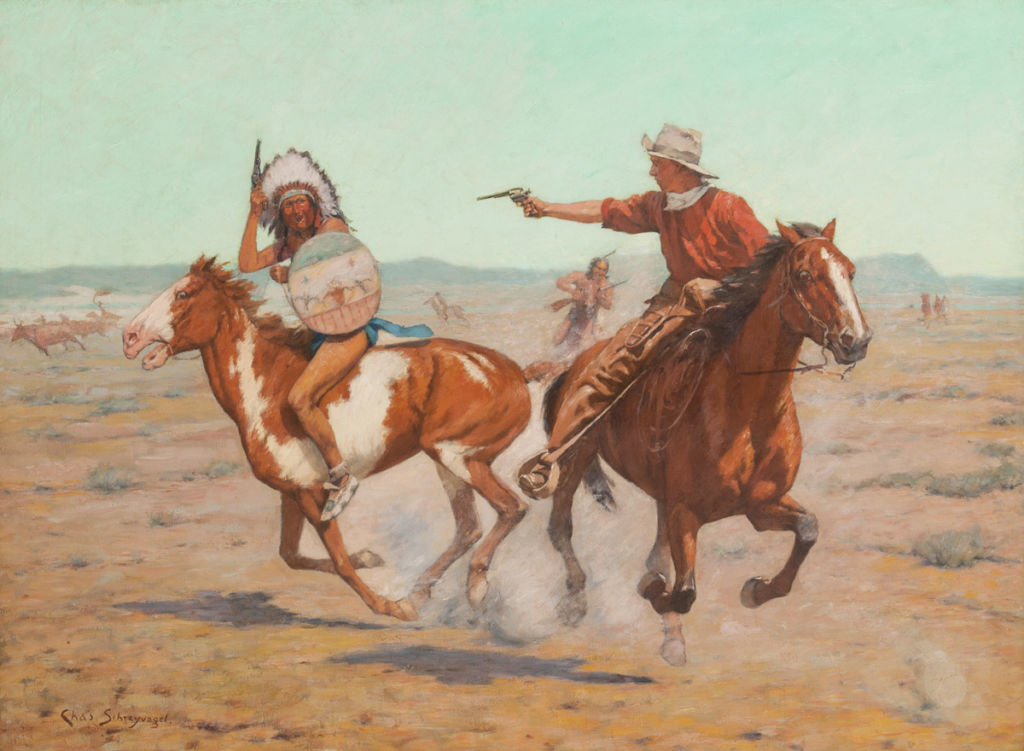
Charles Schreyvogel, Attack on the Herd (Close Call), c. 1907, Oil on canvas, 26 1/8 x 34 1/4 inches
Charles Russell was no stranger to Hollywood and was acquainted with many well-known figures like Will Rogers and Harry Carey (who worked with Ford in Wagon Master). In fact, Ford’s brother Francis knew Russell and would meet the artist at Harry Carey’s ranch on various occasions. Many movie makers noticed Russell’s incredible use of light in his art and worked to capture that quality in their films.
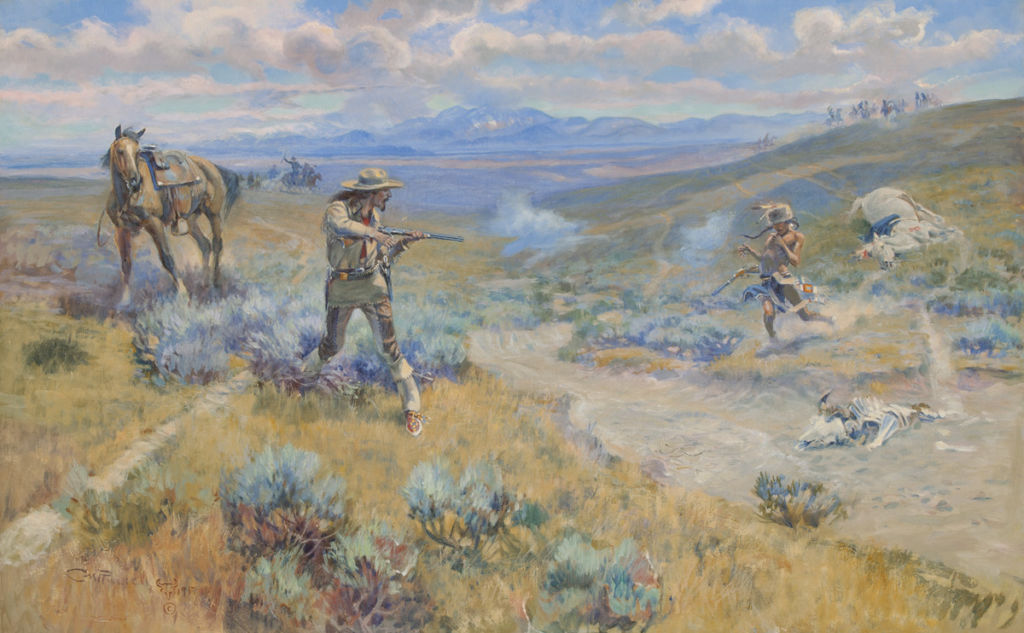
Charles M. Russell, Buffalo Bill’s Duel With Yellowhand, 1917, Oil on canvas, 29 7/8 x 47 7/8 inches
Each film in our summer series offers a challenge to our visitors: to think about the paintings in our collection and see how the influences of these artists has permeated the look and composition of the film. What elements of Remington and Russell can one find? Movies at the Museum is a fun way to engage with the collection. And who doesn’t love a good Western?



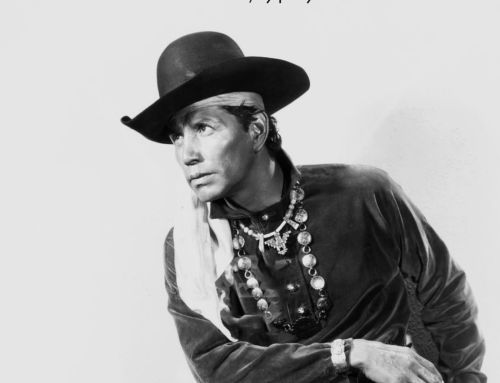
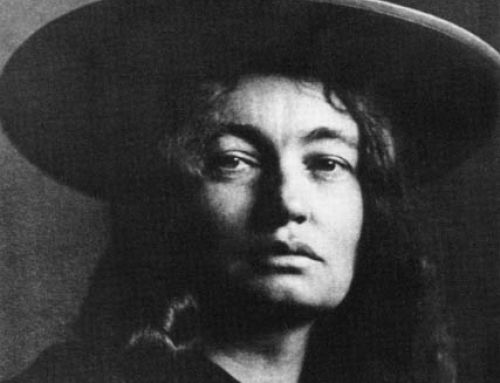
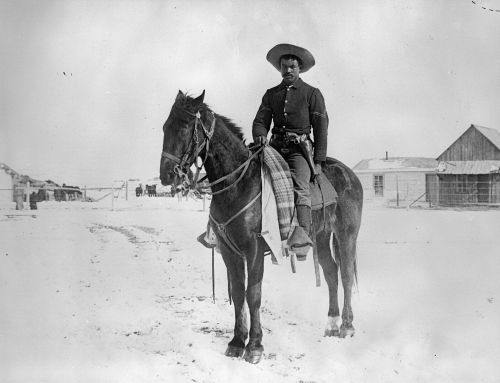
Leave A Comment